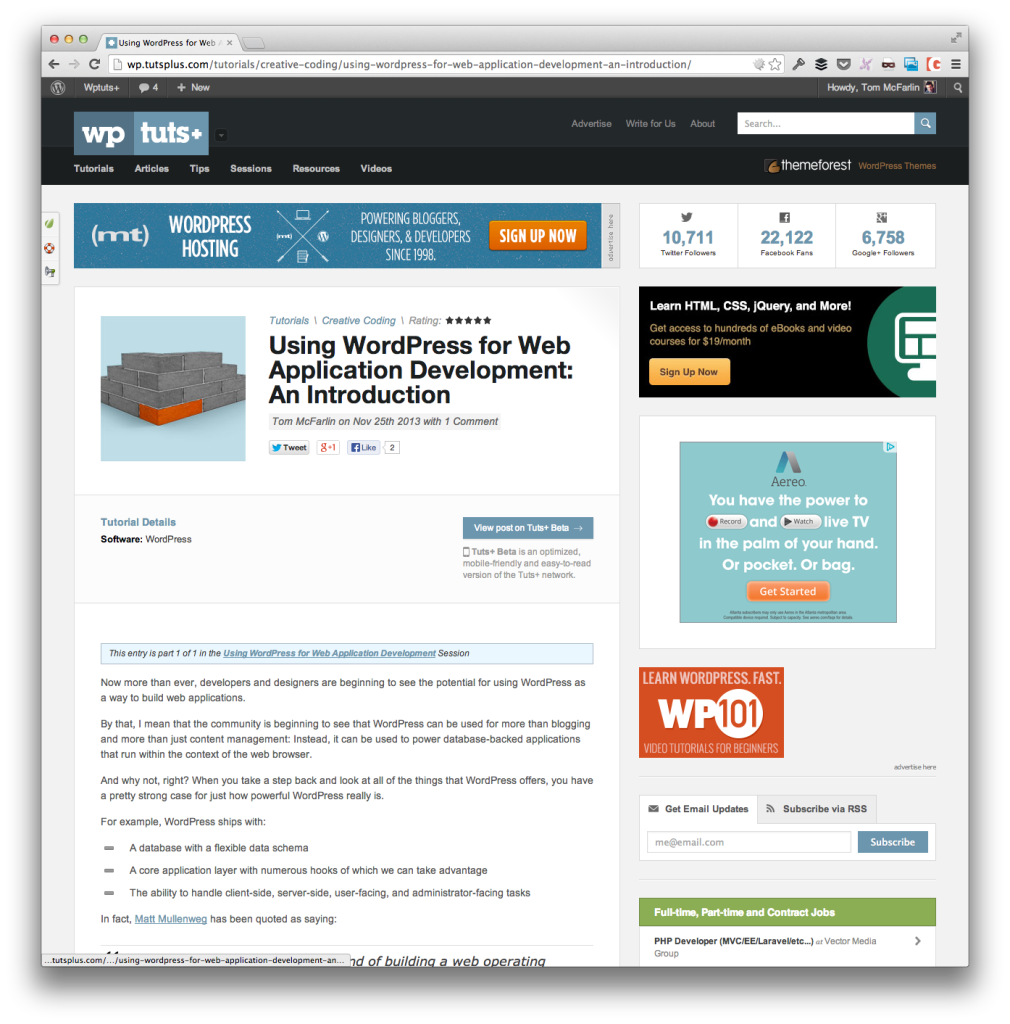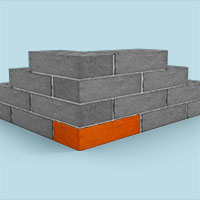As WordPress continues to grow in popularity and continues to evolve as a web application, developers are beginning to see how it can be used for web application development.
This isn’t to say that it should replace any of the frameworks or foundations that are already available, but that it should be considered as a serious contender for certain types of web applications.
In my latest series on Envato, I’m going to be taking a look at what it means to use WordPress for web application development, how it differs from existing frameworks and foundations, how to think about it in the context of design patterns, and why its existing facilities provide a solid foundation outside of the box.
WordPress For Web Application Development
This page will serve as the landing page for all of the articles in the series.

The series consists of the following articles:
- An Introduction
- Rethinking Architecture
- The Conceptual Model
- Understanding Events, Actions, and Filters
- User Management
- Sessions
- Saving Data
- Retrieving Data
- URL Rewriting (or Routes)
- Caching
- Custom Queries with WP_Query
- Custom Queries with WP_User_Query
- Custom Database Queries
- A Review
Throughout the series, I’m aiming to make it as informative and practical as possible, as well as aiming to include some of the pitfalls of using WordPress as an application foundation, as well.
Ultimately, the series should serve as a guide for those who are considering using WordPress as the foundation for their next application, and whether or not it will fit the bill for what their requirements.


